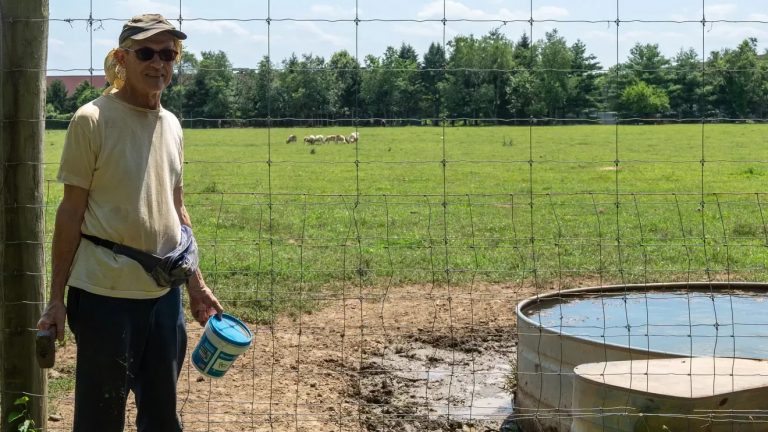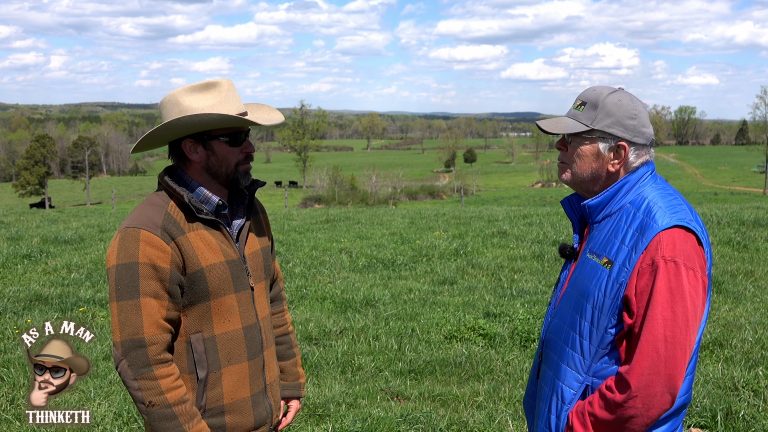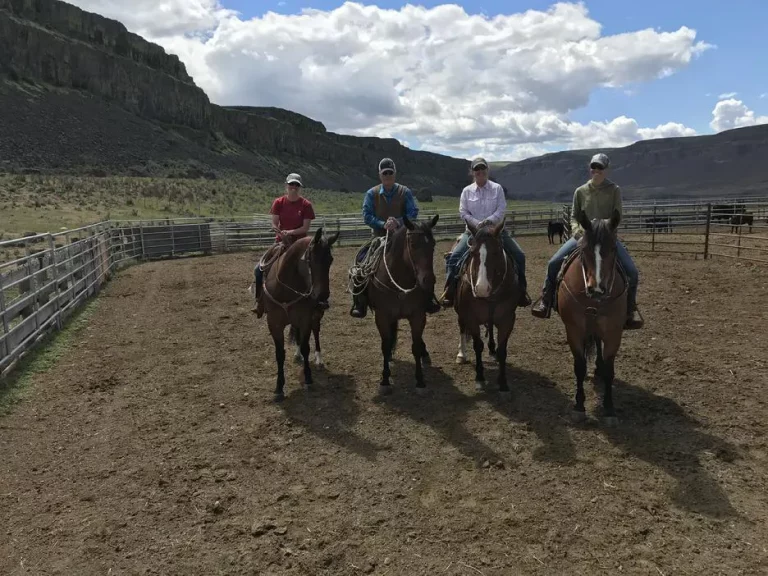Yanasa TV News
From Racing Legend to Land Dispute: How Dale Earnhardt’s Legacy Became the Center of a $30 Billion Development Battle
Dale Earnhardt Sr., known as “The Intimidator”, was one of the most legendary and feared drivers in NASCAR history—a seven-time Cup Series champion whose aggressive style, unshakable grit, and black No. 3 Chevrolet became icons of American motorsport. Born in 1951 in Kannapolis, North Carolina, Earnhardt rose from humble, blue-collar roots to dominate stock car racing across three decades, amassing 76 career victories and the devotion of millions of fans. Off the track, he was a devoted outdoorsman, cattleman, and businessman, fiercely protective of his family and the rural lifestyle he cherished. His untimely death in a crash at the 2001 Daytona 500 cemented his legacy as both a cultural figure and a symbol of the working-class spirit that defined NASCAR’s golden era.

Teresa Earnhardt wants 300–400 acres of the late Dale Earnhardt Sr.’s rural Mooresville, NC property rezoned for a multi-billion-dollar data-center campus backed by the developer Tract (“Mooresville Technology Park”). The plan ignited a very public split with Dale’s eldest son, Kerry, and galvanized neighbors and town leaders who say the project would industrialize one of the area’s last agricultural pockets without disclosing the ultimate tech tenant. As of Aug. 9, 2025, Mooresville’s mayor says commissioners are poised to vote against the rezoning, citing the lack of a named end user and scale of impacts.
What’s happening on Dale’s old land
- The proposal. Earnhardt Farms LLC (managed by Teresa Earnhardt) filed to annex and rezone roughly 300–400 wooded, rural acres east of Mooresville from agricultural/rural to industrial for a Tract-built data-center park marketed at ~$30B in investment. Tract says it would generate ~1,000 construction jobs and ~200 permanent jobs.
- Town’s posture. Mayor Chris Carney told media he and commissioners can’t support approval without a disclosed operator; a denial is expected if it comes to a vote. (A planning step advanced earlier; final rezoning is the fulcrum.)
- Community reaction. Organized neighborhood opposition cites noise, water, power demand, light pollution, property values, and loss of rural character. Meetings have been packed; signs line the roads; local and regional outlets have chronicled the pushback.
- Kerry Earnhardt’s break. Kerry publicly opposed the plan, arguing it betrays his father’s outdoorsman legacy and harms wildlife and natural resources.
“What would Dale have wanted?”
No one can channel Dale Sr. with certainty, but the arguments hinge on his image and roots. Supporters of preservation note his identity as a hunter, angler, and farmer and the property’s past use as a private rural retreat; they argue he wouldn’t sacrifice a quiet agricultural landscape for server farms. Opponents of that view counter that Dale Sr. also embraced innovation and growth in racing and business—suggesting he might accept change if it brought long-term investment. The enduring family split underscores that “legacy” is being invoked by both sides for different ends; the only documented stance we have now is Kerry’s public opposition and Teresa’s pursuit of industrial rezoning.
Why is Tract so secretive about the end user?
Secrecy is standard practice in hyperscale data-center siting:
- Non-disclosure agreements are routine; developers often secure land, entitlements, and utilities before naming a cloud tenant (or even without one yet), to preserve competitive advantage and avoid price/run-up speculation. That’s why local officials frequently see “no named operator” right up to rezoning votes—in Mooresville and elsewhere (e.g., a major Charles City County, VA campus where a representative said no end user had been selected).
- Political risk management. Naming Big Tech early can supercharge opposition over water, diesel backup generators, and grid impacts (see Oregon’s The Dalles dispute with Google over water records). Keeping the tenant quiet can smooth approvals—until it backfires with skeptical boards.
- Tract’s model. Tract markets itself as a master-planned park developer that leases to hyperscalers and enterprises—again, reinforcing the “land-and-zoning-first” pattern.
Where Mooresville fits in the mega-region story
Mooresville sits on the I-77/I-85 Charlotte-Lake Norman flank of the Piedmont Atlantic Megaregion (PAM)—the fast-growing “Charlanta” corridor from Birmingham/Atlanta through the Carolinas to Raleigh. Public planning docs anticipate surging population and freight demand here through 2050; the Charlotte region markets megaregional growth as a development magnet. That context helps explain why data-center and logistics projects keep targeting the Piedmont: fiber backbones, interstates, power corridors, and pro-growth municipalities.
How this case connects to national farmland loss and the data/renewables buildout
- The U.S. lost or compromised 2,000 acres of farmland and ranchland per day (2001–2016). Without policy change, another 18.4 million acres could convert by 2040, including 6.2 million to urban/industrial uses—the bucket that includes data-center and utility-scale energy sites.
- Utility-scale renewables and data centers are rising contributors. Solar and wind often seek flat, unconstrained land near substations; data centers chase fiber + high-voltage power + water. Conflicts mirror Mooresville’s: quiet farmland vs. industrial loads, with relatively modest permanent jobs. Recent reporting shows prime Midwest cropland going to solar and residents near data centers in Northern Virginia facing noise and diesel emissions while counties bank big tax revenue.
Casefile: 5 parallel fights to put Mooresville in context
- Prince William County, VA – Digital Gateway (voided zoning).
Gigawatt-scale data-center campus abutting Manassas National Battlefield sparked multiyear backlash. Last week, a judge voided its zoning over public-notice defects—illustrating how procedural missteps can sink mega-projects even after political backing. - The Dalles, OR – Google water secrecy battle.
City (funded by Google) sued to block release of data-center water-use records; it dropped the case, revealing hundreds of millions of gallons consumed annually—over a quarter of citywide use, sharpening scrutiny on siting in arid farm counties. - Madison County, OH – Oak Run Solar (800 MW + storage).
Ohio approved the state’s largest solar/battery project across prime ag land, adding agrivoltaics (crops + sheep) after fierce resistance; county commissioners pursued appeals, showing how state siting can override local farmland concerns. - Spotsylvania County, VA – 617 MW solar on ~6,350 acres.
One of the East Coast’s largest solar centers advanced despite heavy local opposition over deforestation, viewsheds, and rural character—an emblem of large-footprint renewables in farm/forest mosaics. - Michigan – State preemption of local siting (Public Act 233).
To meet climate goals, Michigan shifted approval for big wind/solar to the state commission, curbing township veto power. Lawsuits and repeal efforts followed—spotlighting the tug-of-war between statewide energy targets and farmland-centric local control.
Fault lines inside the Earnhardt saga
1) The family split.
- Teresa Earnhardt frames this as transformational investment and a technology future.
- Kerry Earnhardt and extended family sympathizers say it betrays the land’s heritage and the late driver’s ethos. The rift reopens older disputes over who stewards Dale’s name and legacy.
2) The community split.
- Pro-project: higher tax base, construction jobs, potential infrastructure upgrades.
- Anti-project: permanent conversion of rural/ag land, round-the-clock noise/light, heavy water/power draw, thin permanent employment, and “tenant secrecy.” Local outlets show the opposition dominating hearings so far; town leaders are publicly skeptical.
3) The policy split.
- Charlotte-region boosters cast PAM growth as destiny; rural advocates warn that unchecked industrialization of the countryside erodes food security and cultural landscape. The Mooresville vote is a test of whether megaregional growth will be guided by industrial clustering in already-urbanized corridors—or by rezoningsthat push heavy utility loads deeper into farm country.
Key analytical takeaways
- Tenant secrecy isn’t a red flag by itself—but it’s a political liability. Boards increasingly demand named operators and binding limits on water, diesel runtime, noise, and substation builds before they rezone farmland. Mooresville’s resistance tracks that national pattern.
- Jobs vs. land conversion. In exchange for 200 or so permanent jobs, the town would permanently transform hundreds of rural acres and add industrial load to the grid/water systems. That trade-off is why data-center siting triggers fiercer pushback than warehouses or factories in farm areas.
- Megaregional growth is real; so are siting consequences. PAM’s growth machine will keep attracting hyperscale projects. The policy question is whether towns channel them to already-industrial nodes (brownfields, existing business parks, power corridors) or allow greenfield conversions like Earnhardt Farms.
- Farmland loss is cumulative and hard to reverse. AFT’s 2040 scenarios show how diffuse, parcel-by-parcel decisions add up to South-Carolina-sized losses. Data centers and solar are not the only drivers—but they are emerging ones, and they concentrate on exactly the flat, well-served tracts farmers also need.
What to watch next
- Formal staff reports & conditions. If the town drafts denial findings (or conditional approval terms), look for thresholds on named tenant, water use caps, diesel generator hours, sound limits, and setbacks.
- Annexation vs. county fallback. If Mooresville says no, does Tract pivot to a county-level path or another PAM municipality? Virginia’s recent judicial smack-down shows timing and process matter.
- Farmland policy overlay. Whether North Carolina follows Michigan/New York in centralizing siting—or empowers towns to safeguard ag land—will shape hundreds of similar fights across the Piedmont.
The Earnhardt case isn’t a celebrity sideshow. It’s a bellwether: whether megaregional tech growth will be steered to appropriate industrial corridors—or allowed to carve up high-value rural landscapes under a veil of tenant secrecy. Mooresville’s decision will echo across the Piedmont Atlantic and into national debates over food security, local control, and where the AI economy belongs.









